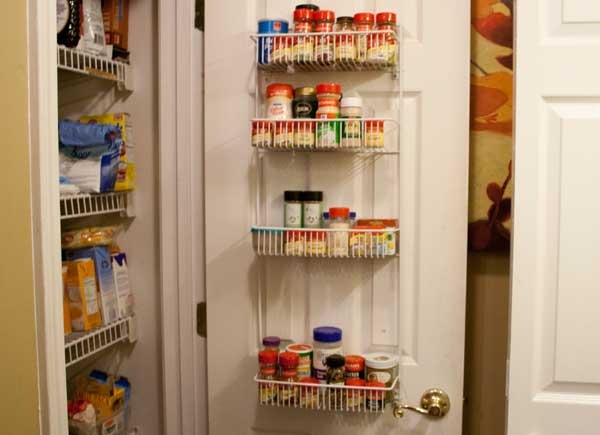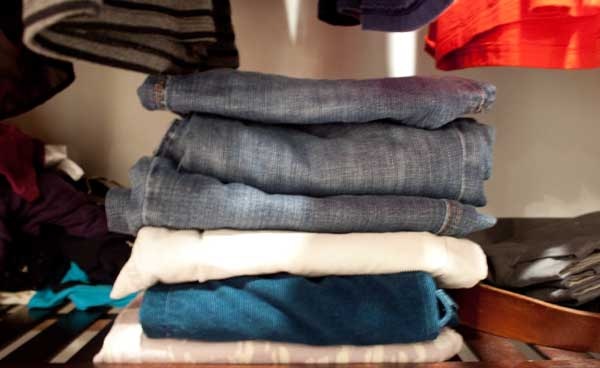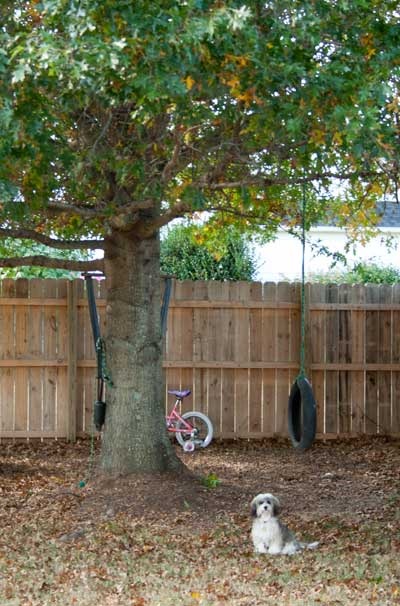I recently had a lightbulb moment regarding homemaking I want to tell you about, but first I need to preface it with two truthful, but funny comments from my children. It should set the tone for the type of homemaker I am regarding neatening, or what Cheryl Mendelson of Home Comforts calls straightening up.
Messy Is the Norm
Last week I was straightening up for our weekly small group we host on Thursdays. Emma was sitting on the recliner in the living room and says, “Why are you cleaning up so much—our house doesn’t look like that.”
“Are you suggesting I’m being fake by cleaning up?”
She confirmed that indeed, she thought I was being disingenuous by straightening up the house before company came over. I get what she was getting at, but I’m pretty sure company would rather not trip over her tennis shoes and sit on bags from Walmart. In any case, I guess the point is it stung that she thought messy was the norm in our home.
Yesterday I was home because of Veteran’s Day and the kids had school. I spent most of the day straightening up the house, trying to finally catch up on all the catch-all areas that I can never catch-up on.
Lexi came home from school, walked through the house to set her stuff down, went to the bathroom and what-not and asked if the cleaning lady had come.
“Yes, your cleaning-lady-mother came!” I quipped, realizing once again that messiness was more norm than I realized.
So, just to level-set, this is what we’re dealing with in our house.
My house gets professionally cleaned every two weeks, it gets neatened in the common areas once a week for small group and the entire house is neatened just before the cleaning lady comes. I try to get the girls to clean their room floors every night but that’s not always the case. Scott usually keeps a handle on the floors being clear but other than that, it’s a free for all.
One cannot be expected to have 100% of a house straightened 100% of the time. It’s just not possible. However, I admit that I had some weird thoughts about the whole neatening process after reading the neatening section of Home Comforts.
Let me explain.
The Broken Window
In Home Comforts, Cheryl explains the broken window theory. The broken window theory is something police officers uncovered in derelict neighborhoods. If an abandoned home had a broken window, then delinquents were more likely to take the vandalism one notch higher, like graffiti. And if there was graffiti on the house, they were more likely to break in the house. By fixing the small issues like broken windows, police could significantly reduce vandalism.
She applies the concept to our homes. When we walk into our kitchens and there is a glass on the counter, we are more likely to set our dirty glass down beside it. However, if the counter is clean, we are more likely to put the dish in the dishwasher so the counter stays clean. If we can fix the broken windows in our homes, it’s more likely to cut down on the need for neatening.
This concept was a lightbulb moment for me.
In the past, I would look at a room and rate the messiness of it. I rated the messiness of the room by how long it would take to clean it. If just a pair of shoes was on the floor, it would only take 30 seconds to take the shoes to my room. If there was also a book out that I was reading, that would only take another 30 seconds to carry it to my bookshelf. So, in all, it would only take a minute—literally—to clean the room. If the rating was very low like that, I would consider the room nearly clean and I would not see a need to straighten it.
Once the room’s rating was high, meaning it would take several minutes, or even hours to clean, I labeled it messy and then figured I should do something about it. The problem was once it was going to take several minutes or hours to fix, I rarely would have such a chunk of time to actually clean it. This made the problem all the worse because everyone saw it as a free-for-all since it was already messy.
This broken window theory has totally thrown a wrench into my thoughts.
The Broken Window Applied
Now when I see just one thing out of place, I see the potential and in fact, psychological impacts, of not “fixing the broken window.”
Now I don’t see a room that will take no time to clean, I see something that could cause lots of other things in the room to gather AND something I could fix very quickly NOW.
I’m not saying I have a neat house 100% of the time now (please see my children’s comments above), but I am saying that the broken window concept has changed how I look at a room and has, in fact, made me neaten a room when it takes just 30 seconds to do so instead of waiting. As a result, I think the rooms are staying cleaner (emphasis on the “er” part) and I’m only neatening for seconds at a time instead of several minutes or even hours.
Whew, welcome to my neatening neurosis. How do you view neatening? Is it something you do religiously or just wait until you have lots to straighten at once?



















